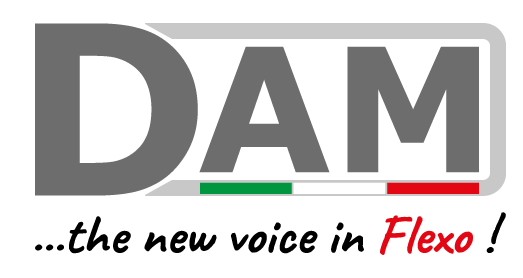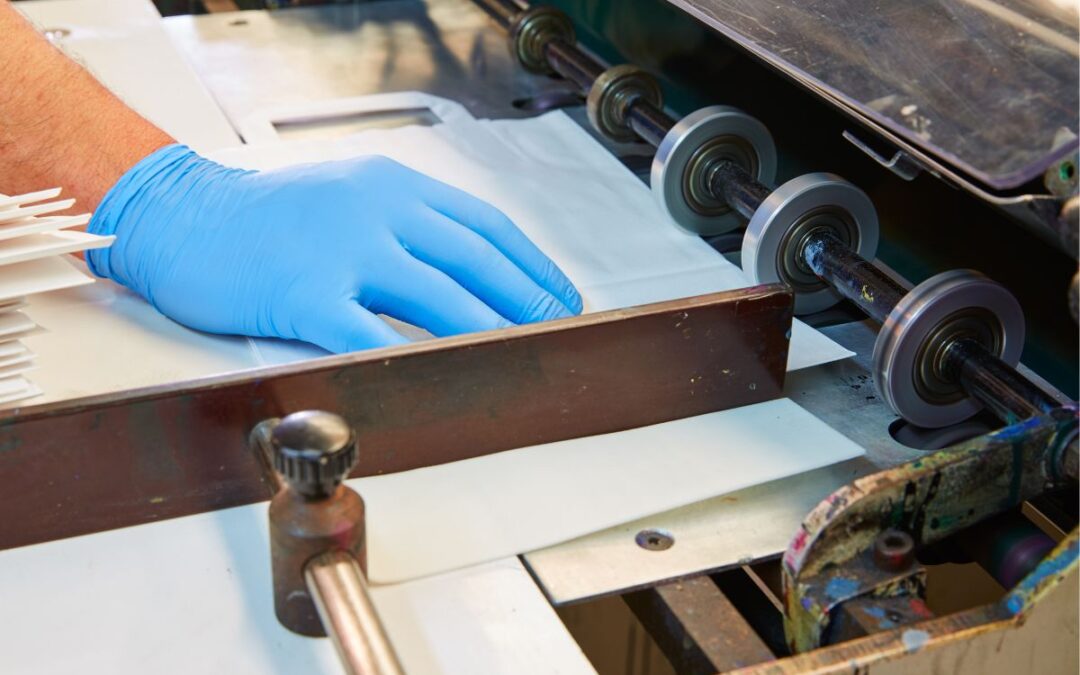Flexography is a type of printing known by the name of flexography (“flexo”, flexo and manuscript). The name suggests that this type of printing uses matrices with a flexible material.
Flexography has been very successful in recent times as it is a direct rotary printing using embossed matrix plates made from rubber and photopolymer materials. The flexography operation is carried out with the matrix (cliché) that transfers the ink to the printing surface, exerting light pressure through a (pressure) cylinder.
Flexographic printing is mainly used in the fields of marketing and industry as packaging (corrugated cardboard, cardboard, wood and including all kinds of coated papers) or combined with other techniques, for newspaper printing. Its application is also intended for plastic films for food packaging and printing on plastic and metal laminates.
Mechanism of operation of flexographic printing.
Flexographic printing is also known by the name of “kiss printing” which emphasizes the pressure exerted on the support cylinder during its operation.
The inking system is carried out thanks to a steel (or ceramic) roller called anilox in which the ink is applied. In turn, there are two different systems for loading the roller, either by means of an inkwell or with a rubberized roller: the inkwell technique is provided for in rotogravure printing with which the roller is loaded by itself full of ink, eliminating the excess thanks to the doctor blade In the system of the rubberized roller, the insert is attached to a container and subsequently spreads the roller while it rotates at high speed.
The advantages of flexography
The advantage of choosing flexographic printing is linked to a relatively low cost and the ease at the same time to print on different substrates in terms of thickness and finish. The reduced costs mainly refer to the use of fast drying inks and the simplicity of the machine itself.
The quality of flexographic printing depends on the rubber itself and therefore on the lack of hardness which sometimes produces a result not comparable to offset letterpress printing.

